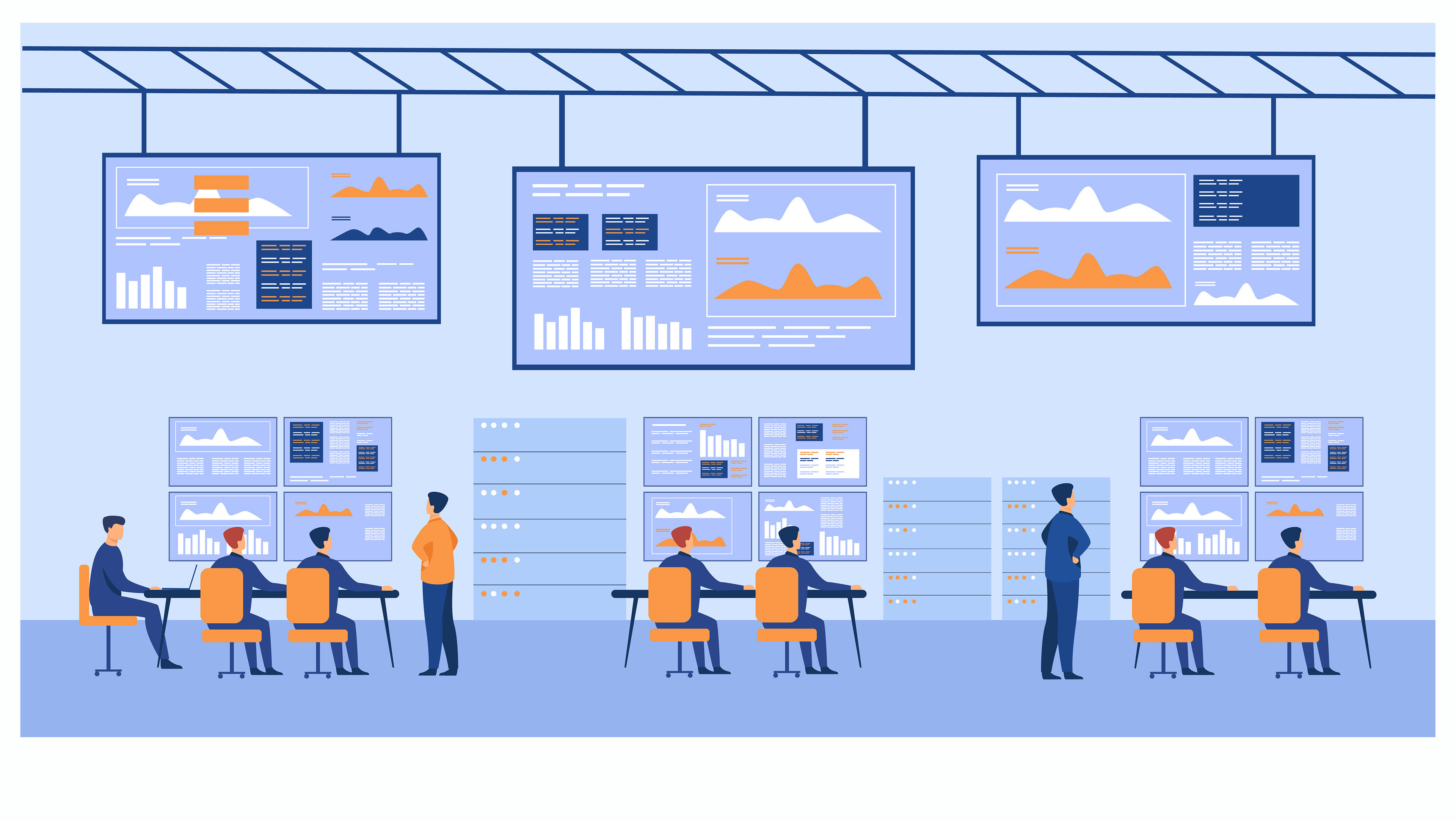

Network security involves implementing measures to protect a network infrastructure from unauthorized access, data breaches, and cyber threats. Here's a concise overview:
Firewalls: Firewalls are a fundamental component of network security, acting as a barrier between a trusted internal network and untrusted external networks such as the internet. They monitor and control incoming and outgoing network traffic based on predefined security rules, preventing unauthorized access and filtering out potentially harmful traffic.
Intrusion Detection and Prevention Systems (IDS/IPS): IDS/IPS systems monitor network traffic for suspicious activities, such as known attack patterns, malware signatures, or abnormal behavior. They can detect and alert network administrators to potential security breaches, and in the case of IPS, they can also automatically block or mitigate identified threats.
Virtual Private Networks (VPNs): VPNs establish secure encrypted connections over public networks, such as the internet, enabling remote users to access a private network securely. VPNs ensure data privacy and integrity by encrypting network traffic between the user's device and the corporate network, protecting sensitive information from interception by unauthorized parties.
Access Control: Access control mechanisms limit and control access to network resources based on user identities, roles, and permissions. This includes authentication methods such as passwords, biometrics, multi-factor authentication (MFA), and authorization policies that dictate which users or devices are allowed to access specific network resources.
Encryption: Encryption is used to protect sensitive data transmitted over a network by encoding it so that only authorized parties can decrypt and access the information. Encryption protocols such as SSL/TLS secure communications between web browsers and servers, while protocols like IPsec encrypt network traffic at the IP layer.
Security Policies and Procedures: Establishing comprehensive security policies and procedures that define organizational standards, guidelines, and best practices for network security. This includes defining acceptable use policies, data handling procedures, incident response plans, and regular security audits and assessments.
Network Segmentation: Network segmentation divides a network into smaller, isolated segments, or subnetworks, typically based on logical or physical boundaries. This limits the scope of potential security breaches and contains the impact of security incidents by restricting the lateral movement of threats within the network.
Patch Management: Regularly applying security patches and updates to network devices, operating systems, and software applications to address known vulnerabilities and protect against exploits. Patch management ensures that network infrastructure remains secure and up-to-date with the latest security fixes.
Security Monitoring and Logging: Continuous monitoring of network traffic, system logs, and security events to detect and respond to security incidents in real-time. Security monitoring tools and SIEM (Security Information and Event Management) systems analyze network activity, generate alerts for suspicious behavior, and provide insights for incident investigation and forensic analysis.
Employee Training and Awareness: Educating employees about cybersecurity best practices, security threats, and their roles and responsibilities in safeguarding the network. Security awareness training helps mitigate human error and reduce the risk of social engineering attacks such as phishing and malware infections.
Overall, network security encompasses a range of technologies, processes, and practices aimed at protecting network assets, ensuring data confidentiality, integrity, and availability, and mitigating the risks posed by cyber threats and attacks.








